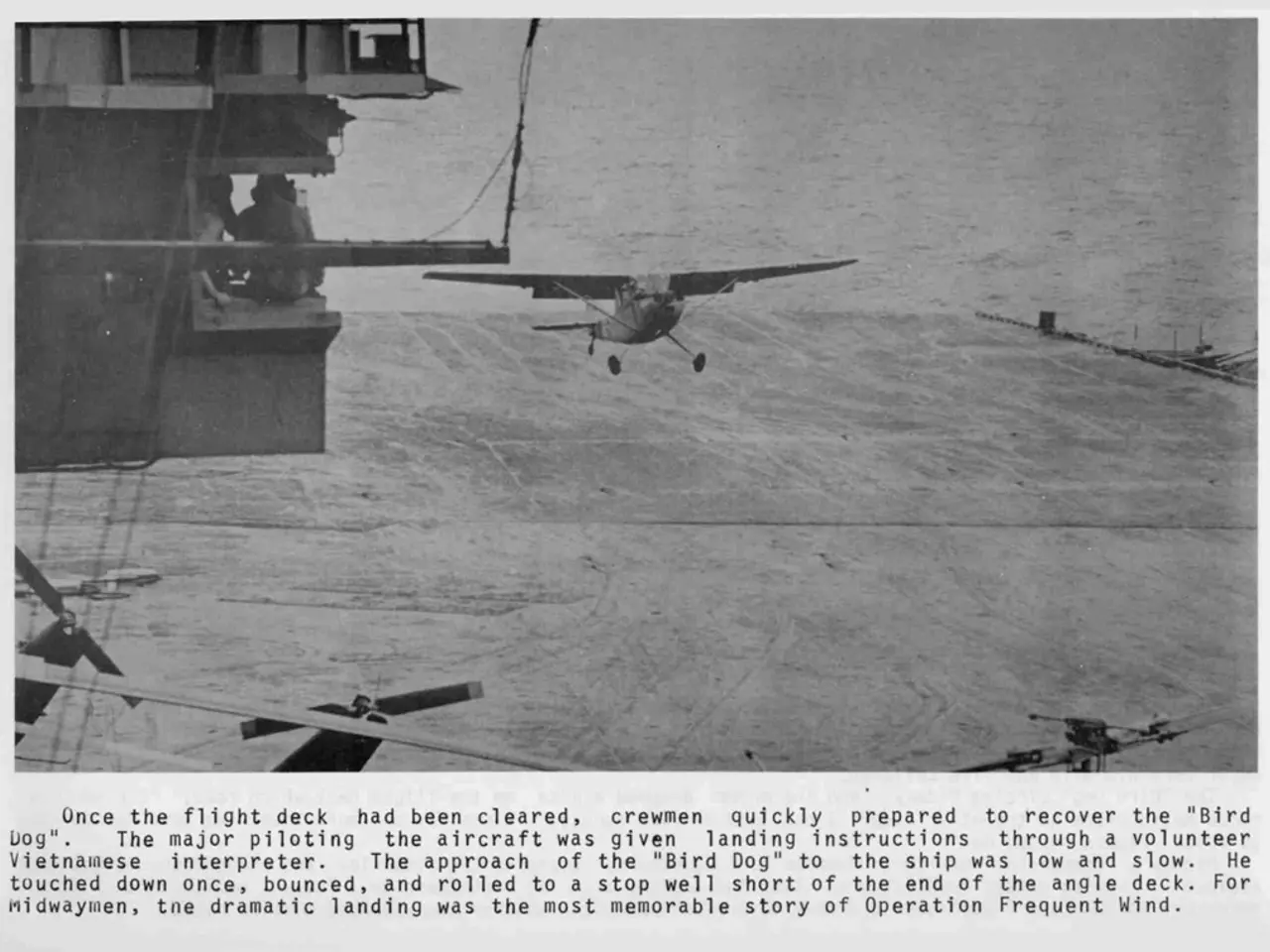The Protracted Retirement of MiG-21 Aircraft Serial is Past Due
The Indian Air Force (IAF) is set to bid farewell to its long-serving MiG-21 fighter jets, a cornerstone of the nation's combat aviation for over six decades, on September 19, 2025. The ceremony, taking place at the Chandigarh airbase, marks the end of an era spanning 62 years of continuous service with the IAF.
First inducted in 1963, the Mikoyan-Gurevich MiG-21, a Soviet-origin supersonic fighter, became India's first supersonic fighter jet. Over 850 aircraft of various variants were operated by the IAF, many of which were indigenously assembled by Hindustan Aeronautics Limited (HAL). The MiG-21 played pivotal roles in all major Indian conflicts, demonstrating early combat effectiveness in the 1965 Indo-Pak War, bombing strategic targets in Dhaka during the 1971 Bangladesh Liberation War, and serving in frontline roles in the 1999 Kargil Conflict and the 2019 Balakot Airstrikes.
However, the MiG-21's latter years were marred by a high accident rate, earning it the grim nickname "Flying Coffin" due to over 400 crashes and the loss of more than 200 pilots. Its limited avionics and aging airframe became liabilities in an era of advanced fourth- and fifth-generation fighters.
With the retirement of the MiG-21, the IAF's combat squadron strength will drop to just 29 squadrons—the lowest since the 1960s, and significantly below the government-mandated strength of 42 squadrons required for a two-front war scenario. The MiG-21's phase-out compounds the challenge of maintaining operational readiness, especially as newer inductions like the Tejas Mk1A are still ramping up. The gap highlights ongoing challenges in modernizing the IAF's fleet and underscores the urgency of accelerating the induction of advanced, indigenous, and imported combat aircraft to restore squadron numbers and enhance capabilities.
The MiG-21's retirement is both a nostalgic and strategic milestone. It shaped generations of Indian fighter pilots and was a symbol of the IAF's evolution during the Cold War and beyond. As India transitions to more advanced platforms, the lessons and legacy of the MiG-21 will endure, even as its departure leaves a temporary void in the nation's air defense architecture.
The IAF's reliance on the MiG-21 for over six decades underscores the need for continued investment in modernising India's military capabilities. The retirement of the MiG-21 serves as a stark reminder of the importance of maintaining a robust and technologically advanced air force, capable of meeting the challenges of the 21st century.
Financing the induction of advanced combat aircraft is crucial for the Indian Air Force (IAF) to fill the gaps left by the retirement of the MiG-21, ensuring they meet the mandated strength of 42 squadrons required for a two-front war scenario. The aerospace industry, both domestic and international, will play significant roles in supplying the required aircraft to maintain operational readiness.








